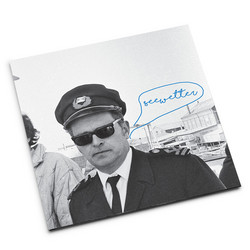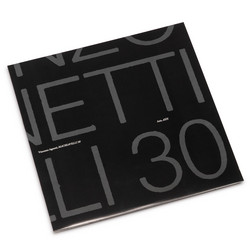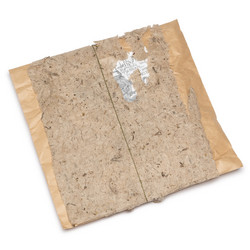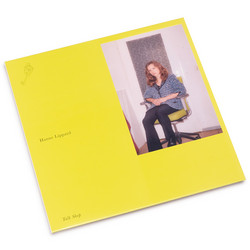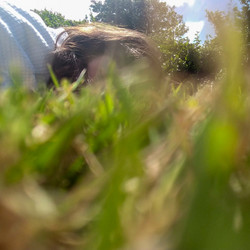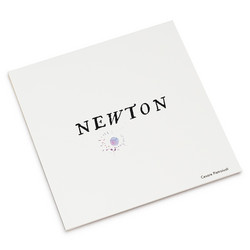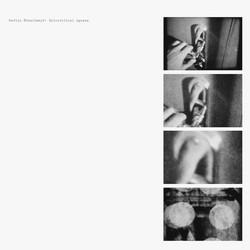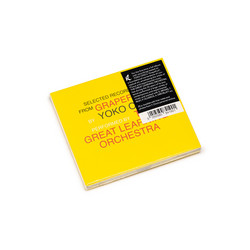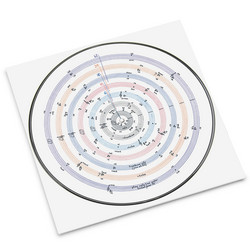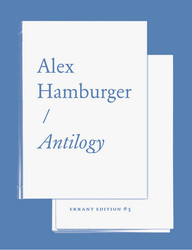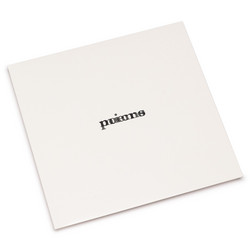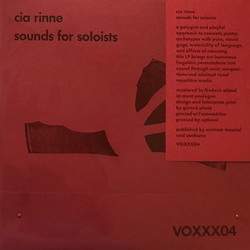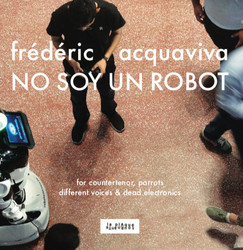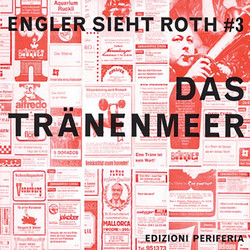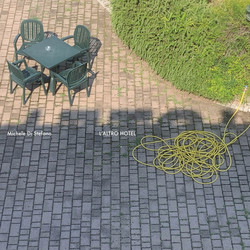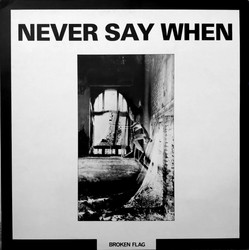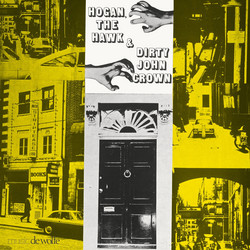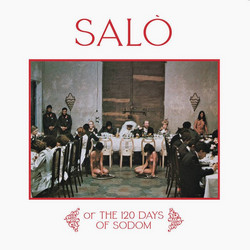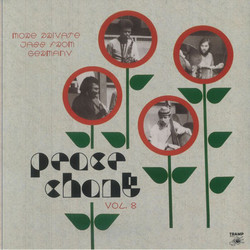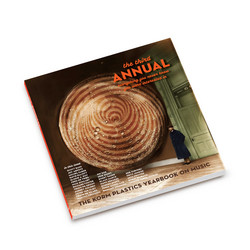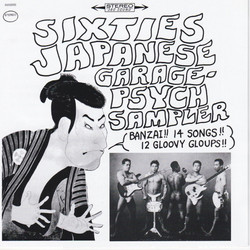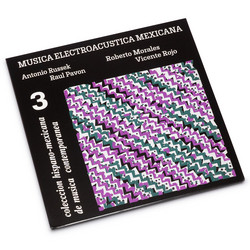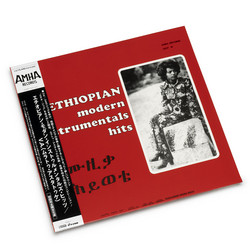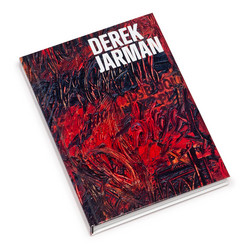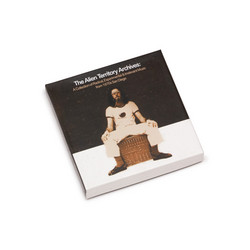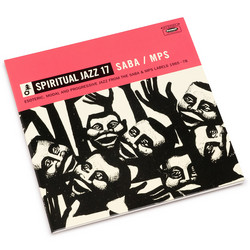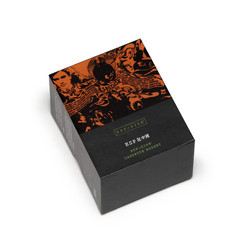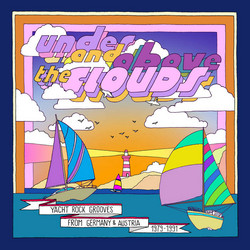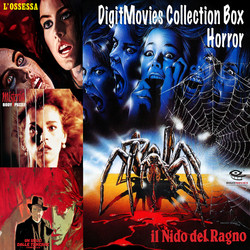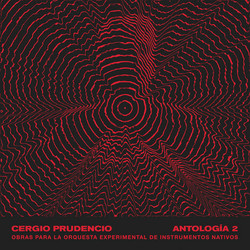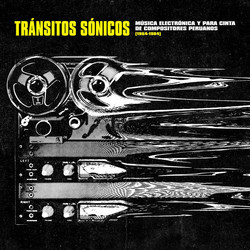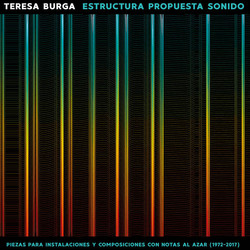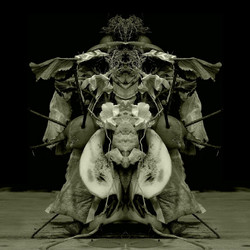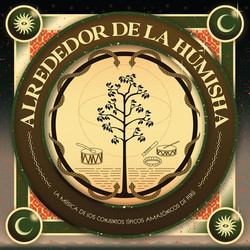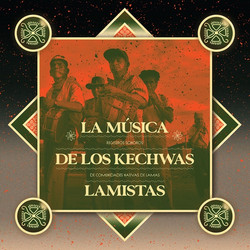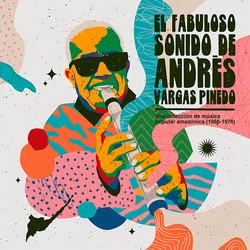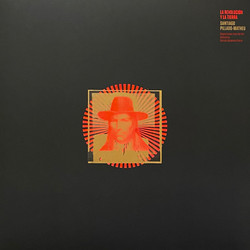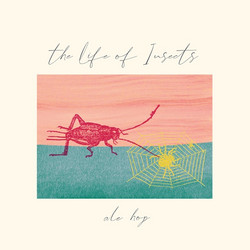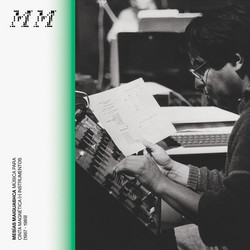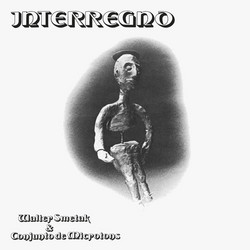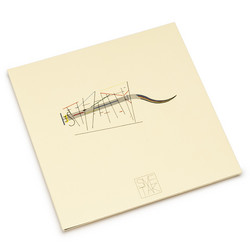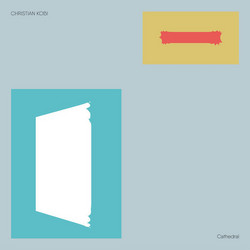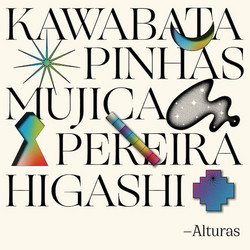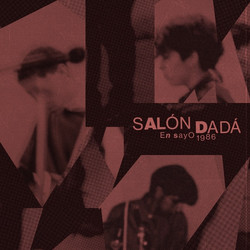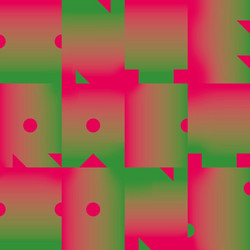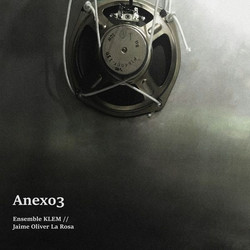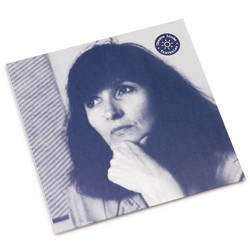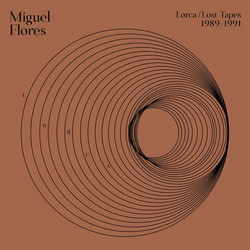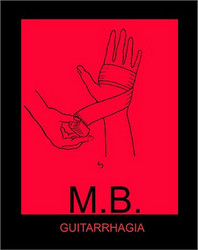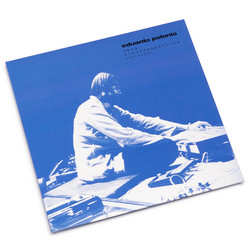Various
Grabar y Coagular, A History of Audio Pieces By Peruvian Artists
Buh Records present Grabar y Coagular: A History of Audio Pieces By Peruvian Artists (1972-2018), the first collection that explores the relationship between recording art and conceptual pieces. With a range that goes from experimentation in sound poetry to radio art, eccentric compositions that evoke the Fluxus's spirit, appropriationism, and more. In Peru, the visual arts and sound creation have, in the last years, taken a common path: visual artists have begun to produce sound creations, experimental musicians have begun to move into the visual arts circuit... A sound art movement has turned visual and audible. Grabar Y Coagular brings together for the first time the pioneering works of Jorge Eduardo Eielson (audio-paintings) and Francisco Mariotti (computer poetry), as well as works by Luz María Bedoya, Elena Tejada-Herrera, José Luis Martinat, Eliana Otta, Paola Torres Núñez Del Prado, Maya Watanabe, Alberto Casari and PPPP, Daniel Jacoby, Gilda Mantilla Y Raimond Chaves, Los Parafusos, Nicolas Lamas and Juan Diego Tobalina. Grabar y Coagular ("Record and Coagulate"), curated by Luis Alvarado, is a much awaited and needed release, a collection of audio pieces produced by Peruvian artists which defines a scope of creation where sound is the matter and form in which information becomes present.
"The 13 pieces brought together in this album are similar due to the fact that they have been created by Peruvian artists as background music for audio recordings and as a group they allow us to have a trans-disciplinary reading of the routes that experimental creation with sound has been taking in Peru. This frequent use of sound, particularly orality, in Peruvian contemporary art, is an answer to different motivations; amongst them the pursuit of an aesthetic resolution which springing from a neo conceptual heritage finds in sound and orality a new form of dematerialization. Undoubtedly this is triggered by an environment where oral means a vast universe of knowledge and cultural production. According to the Peruvian Ministry of Culture the country has approximately 47 original native languages, 4 of which are spoken in the Andes, Quechua being the one spoken in practically all of the country (approximately 4 million people out of a total of 30 living in Peru). 43 languages are spoken in the Amazonian jungle, where the most vital one is ashaninca which is spoken by about 97,000 people. Peru is then a multilingual and multicultural country. Oral tradition is therefore an important heritage leading to awareness and acquaintanceship of our traditions. Many of the pieces here collected also come forth as a form of denunciation, the use of technology to amplify voices, to record them as documents to become a testimony. The pieces work upon orality in the context of a fragmented society and within struggles for recognition and equality. If conceptual art was the way to have commodification of the artistic object go through a crisis, Peruvian orality sound artists are also in the path of leading that commodification of silence as a space of wellness into a crisis, to generate thus critical situations where sound appears as a denunciation, as criticism to a domination system. Presence of sound and orality in contemporary art is also a consequence of the extended use of technologies of sound reproduction which since the late ‘90s have transformed the world of visual arts. Ever since audio technologies (radio, telephone, gramophone) came to be in the early XX century up to the current digital revolution which has transformed our consumption patterns. Portability has turned recording and sound production into a very common and accessible as well as hyper overwhelming activity: the amount of recordings and audio plays that currently take place per minute are uncountable, and the limit is not clear: creations for human consumption or residues which take a permanent space in sound imagery (advertising, ringtones, horns, sound pollution) and stimulate new creative acts. Noise is more present than ever in our lives. From the beginning of the XX century Marcel Duchamp with his pieces Musical Erratum (1912) and A Secret Noise (1916) and the Futurists and their Art of Noises (1913); opened a route of interstices between visual arts and sound creation which socialization of technology will do nothing less than enhance. From Wochenende (1930) by Walter Ruttman (a movie produced only with sounds) to 4’33” (1952) by John Cage (a musical composition made only with silences) certain pieces with audio have found ways to create crises in representation places to bring forward gray areas and reinvent our own relationship with the work of art. In Peru visual arts and sound creation have in the last years taken a common path. Visual artists have begun to produce sound creations. Experimental musicians have begun to move into the visual arts circuit. A sound art movement has turned visual and audible. “HearHere: encounters between art and sound in Peru” (2016) the largest sound art retrospective in Peru, presented at the Museo de Arte Contemporáneo de Lima, brought together 35 artists with nearly 45 pieces including installations and sound sculptures, pieces as support for recordings, visual scores and performances, where many of the pieces here brought together were included. History was made by such pioneering artists as Jorge Eduardo Eielson and Francisco Mariotti whose first experiences with sound date from the late ‘60s. Grabar y Coagular was a much awaited and needed publication, a collection of audio pieces produced by Peruvian artists which defines a scope of creation where sound is the matter and form in which information becomes present." - Luis Alvarado
